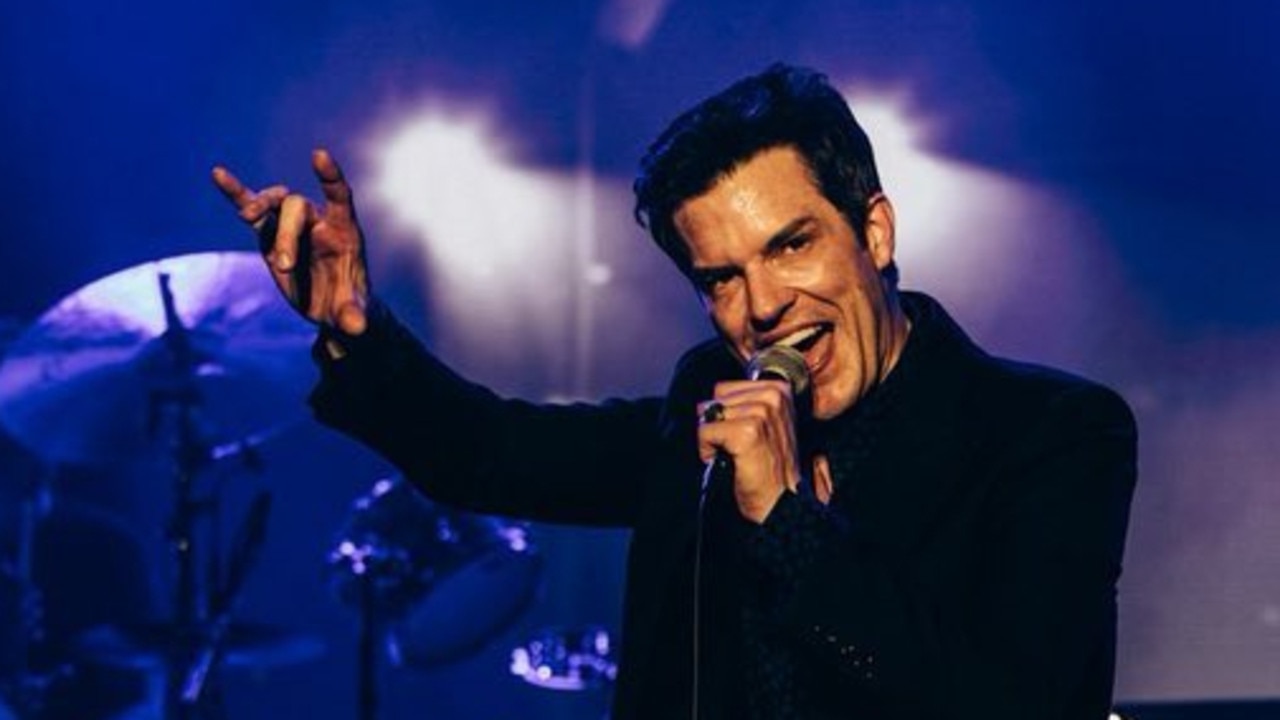Voice to Parliament referendum: Three words reveal why we’re having Voice vote
You would be hearing three words more lately, and they’re the reason why we’re all going to vote next month.

National
Don't miss out on the headlines from National. Followed categories will be added to My News.
Voice. Treaty. Truth.
If you’ve been hearing these three words lately, it’s because they form the basis of the Uluru Statement from the Heart and is one of the reasons we are having a referendum.
WHAT IS THE STATEMENT?
It’s a 439-word statement, supported by a 26-page background document, created at a groundbreaking 2017 summit at Uluru, involving 250 Aboriginal and Torres Strait Islander delegates.
It has been hailed by signatories as a road map for all Australians to work together on the changes that Indigenous people would like to see for a better future.
WHO WAS BEHIND THE STATEMENT?
Indigenous delegates from every corner of the nation met at Uluru after extensive consultation with their local communities.
One was Rachel Perkins, who is following in the footsteps of her famous father. The Alice Springs filmmaker is the daughter of civil rights activist Charles Perkins, who advocated for the Yes vote in the 1967 Aboriginals referendum.

Mr Perkins was the first Aboriginal man to graduate from university.
“My dad spent all his life trying to get the government to listen to the needs of the Aboriginal people,” Ms Perkins said. “He was often frustrated by that. The Voice is a way to ensure the government at least listens.”
WHAT IS THE PURPOSE OF THE STATEMENT?
Its aim is to outline constitutional reforms to give First Nations people a greater say and authority over the decisions that affect them.
Ultimately, it is about empowering and improving the lives of First Nations people, through the principles of justice and self-determination. Ms Perkins said it was an “invitation from the people of my community to other Australians to recognise our history and to walk with us”.

WHAT CHANGES DOES THE STATEMENT CALL FOR?
The three proposed reforms are Voice, Treaty, Truth.
Voice: The first reform calls for Indigenous people to be recognised in the Constitution as being the first people in Australia and for a Voice to Parliament to be set up so they have a say in decisions that affect them.
This is what Australians will be asked to vote Yes or No for in the upcoming referendum.
The reason First Nations people want to change the Constitution is so the Voice cannot be axed by later governments, like previous Aboriginal bodies that have been set up.
WHAT IS THE MAKARRATA COMMISSION?
The Labor government has committed to taking steps to implement all three elements of the Uluru Statement, with the Albanese government giving $5.8m in the October budget “to commence work on establishing an independent Makarrata commission to oversee processes for agreement making and truth telling”.
Indigenous Australians Minister Linda Burney has said new details of the proposed commission and how it will introduce reforms on Treaty and Truth, will not be heard until after the Voice referendum.
Treaty: Ms Burney said essentially the purpose of a commission was to strike agreements between Aboriginal and Torres Strait Islander peoples and government at a national and regional level.
The agreements will be about recording the history of Indigenous peoples and preserving their culture, empowering Indigenous people to take responsibility for their communities and creating commercial opportunities for Indigenous people.

While there is no detail on what those commercial opportunities would look like, No campaigner, Nyunggai Warren Mundine said the Indigenous Business Strategy launched in 2015 is going from strength to strength. It has helped 45,000 Aboriginal andTorres Strait Islanders get jobs since 2015, starting with $6.2 million worth of contracts, rising to $8.7 billion in eight years.
An Australian Parliament House guide describes Makarrata as a “final and complete settlement of historical grievances”.
Suggestions about how that could happen include a direct local Makarrata, where negotiations are conducted at a local council level; a tribunal, where inquiries are instigated by claims; or a number of royal commissions, which would not facilitate negotiations or implementations, and would be only limited to historical grievances.
Truth: This is the third reform. Truth telling aims to allow the full extent of past injustices experienced by First Nations people to be uncovered.
The purpose of the process is to help all Australians understand their history and assist in moving towards genuine reconciliation.
DO ALL INDIGENOUS PEOPLE SUPPORT THE STATEMENT?
Mr Mundine has come out strongly against the Statement, writing in an essay it is a “political ploy to grab power, not just from the Australian nation, but also from traditional owners themselves”.
He said the Uluru regional dialogues, which preceded the Uluru Statement, gave more detail.
Mr Mundine said Document 14 in particular, was a dossier declaring a “metaphorical war on modern Australia”.

He said the document was steeped in grievance and claims Indigenous Australians were “trapped in victimhood and oppression, not currently free or able to make their own decisions; where self-determination is an aspiration, not something within reach today”.
He said that was not true.
“Nothing could be further from the idea of reconciliation than Document 14,” Mr Mundine said.
“It contemplates a future of separation, with First Nations sovereignty standing apart from, and opposite to, Australian sovereignty.”
Independent Senator Lidia Thorpe, a No campaigner, walked out of the Uluru dialogues with others in 2017 saying it did not represent her or many other Indigenous people.
She said the Voice was just “window-dressing for constitutional recognition”.
Ms Thorpe also claimed that she and members of the Blak Sovereign Movement had been excluded from discussions around the upcoming referendum.
More Coverage
Originally published as Voice to Parliament referendum: Three words reveal why we’re having Voice vote





